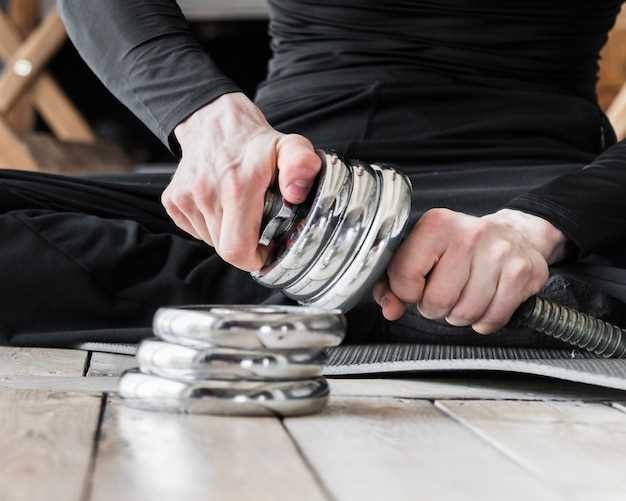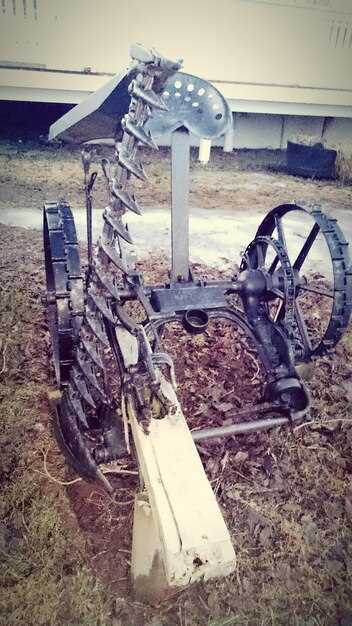
In the world of automotive maintenance, addressing structural damage is of paramount importance to ensure vehicle safety and performance. Cracked frames and bent axles can lead to significant issues if not repaired promptly. These types of damage compromise the integrity and safety of the vehicle, making it crucial for owners to recognize the signs and understand the repair process.
Vehicles are designed to withstand various stresses, but over time, wear and tear can lead to these structural needs. Cracked frames may result from impacts, rust, or manufacturing defects, while bent axles often occur due to collisions or rough driving conditions. Identifying the source of the damage is the first step in determining the best course of action for repairs.
Repairing these structural components requires specialized knowledge and tools, as improper fixes can result in further complications. Automotive professionals must evaluate the extent of the damage to create an effective repair plan. Whether through welding, alignment, or component replacement, addressing these issues not only restores the vehicle’s structural integrity but also enhances its overall performance.
Identifying Structural Damage: Signs and Diagnostic Techniques
Identifying structural damage in vehicles is crucial for ensuring safety and performance. Various signs can indicate the presence of such damage, and recognizing these early can prevent further complications. Some common signs include:
- Unusual Noises: Listen for strange sounds while driving, which may signify frame misalignment or axle issues.
- Uneven Tire Wear: Inspect tires for inconsistent wear patterns, as this may point to misalignment caused by underlying structural problems.
- Difficulty Steering: A vehicle that pulls to one side or experiences steering resistance may have bent axles or other structural concerns.
- Visible Cracks or Deformations: Check the frame and suspension components for visible cracks or bends, which are clear indicators of structural damage.
To accurately assess potential damage, several diagnostic techniques can be employed:
- Visual Inspection: A thorough visual check of the vehicle’s frame, suspension, and axles can reveal obvious signs of damage.
- Alignment Checks: Professional wheel alignment services can identify misalignments caused by structural issues that need immediate attention.
- Measuring Tool Utilization: Using tools like straightedges and measuring tapes, technicians can detect inconsistencies in frame geometry.
- Diagnostic Equipment: Advanced diagnostic tools, such as laser frame alignment systems, can provide precise measurements to identify any hidden structural damage.
Addressing structural damage promptly is essential. If any signs are noticed, it is vital to seek professional evaluation to determine the extent of the damage and necessary repairs. Ignoring these issues could lead to severe consequences for both the vehicle and its occupants.
Step-by-Step Guide to Frame Repair: Tools and Techniques
Repairing a vehicle frame that has suffered damage is a crucial task that requires precise tools and techniques. This guide outlines the essential steps and tools needed for effective frame repair.
Before starting the repair process, it is important to assess the extent of the damage. Identifying whether the frame requires minor adjustments or major repairs will determine the tools and techniques needed.
Tools Required
- Wrench set
- Socket set
- Jack stands
- Frame straightening machine
- Welder
- Cutting torch
- Measuring tape
- Safety gear (gloves, goggles)
Step-by-Step Repair Process

- Preparation: Gather all necessary tools and clear the workspace. Ensure that you have safety gear ready.
- Assess Damage: Examine the frame thoroughly. Determine which sections are bent, cracked, or otherwise compromised.
- Loosen Fasteners: Use the wrench and socket sets to loosen any bolts or connections that obstruct access to the damaged area.
- Frame Straightening: Employ a frame straightening machine to correct bends. Follow the manufacturer’s instructions for best results.
- Repair Cracks: For cracked sections, clean the area thoroughly. Use a welder to fill in cracks, ensuring that the weld is strong and uniform.
- Reinforcement: If necessary, add additional metal plates to strengthen damaged areas, securing them with welds or bolts.
- Reassemble Frames: Once repairs are complete, reattach any loosened components and ensure they are securely fastened.
- Final Inspection: Measure and inspect the frame to confirm that it meets manufacturer specifications and is aligned properly.
Regular maintenance and inspections can prevent further damage and extend the lifespan of your vehicle’s frame. Ensuring repairs are carried out effectively is essential for safety and performance.
Assessing and Restoring Bent Axles: Methods and Safety Considerations

Identifying damage to axles is crucial for maintaining vehicle safety and performance. Bent axles can lead to uneven tire wear, poor handling, and ultimately compromise the structural integrity of the vehicle. A thorough assessment begins with a visual inspection to detect any noticeable bends or misalignments. Mechanics often utilize tools such as straight edges and measuring gauges to evaluate the alignment and determine the extent of the damage.
Once assessed, restoring a bent axle must be approached with caution. There are several methods available for repair, each suited to different degrees of damage. Heating and bending, for instance, is applicable in cases of minor bends. This method involves carefully applying heat to the bent area before gently realigning it. However, this technique requires expertise, as excessive heat can weaken the metal and compromise its structural integrity.
For more severe damage, replacement might be the best option. In cases where the axle is cracked or structurally compromised beyond repair, replacing it ensures the vehicle’s safety. When opting for this method, selecting quality replacement parts that meet or exceed OEM specifications is essential to maintain the vehicle’s integrity.
Safety considerations should always be at the forefront of axle repair. Mechanics must wear appropriate personal protective equipment (PPE) and be trained in safe handling practices. Proper jacking procedures and securing the vehicle during repairs prevent accidents that could result from instability. Additionally, post-repair inspections help confirm that the axle functions correctly and meets safety standards before the vehicle is returned to the road.




